Pros and Cons of Mock-ups in Light Rail Transit (LRT) Projects
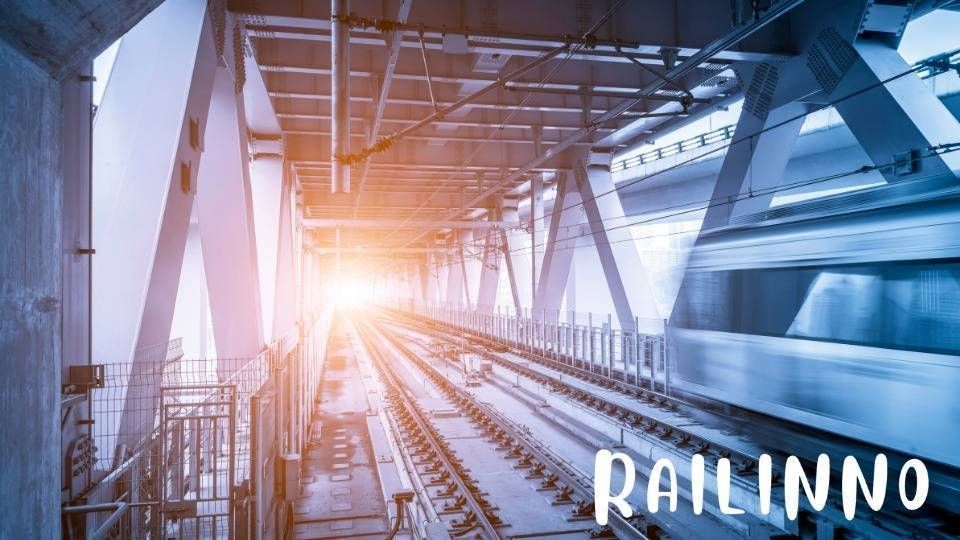
Optimizing Mock-ups in Light Rail Transit: Balancing Traditional Approaches with Technological Advancements by Railinno
Mock-ups play a crucial role in Light Rail Transit (LRT) projects, offering both advantages and disadvantages. Let’s delve into these aspects and explore how advancements in technology, particularly Artificial Intelligence (AI), Virtual Reality (VR), and Augmented Reality (AR), are transforming the mock-up phase in LRT projects.
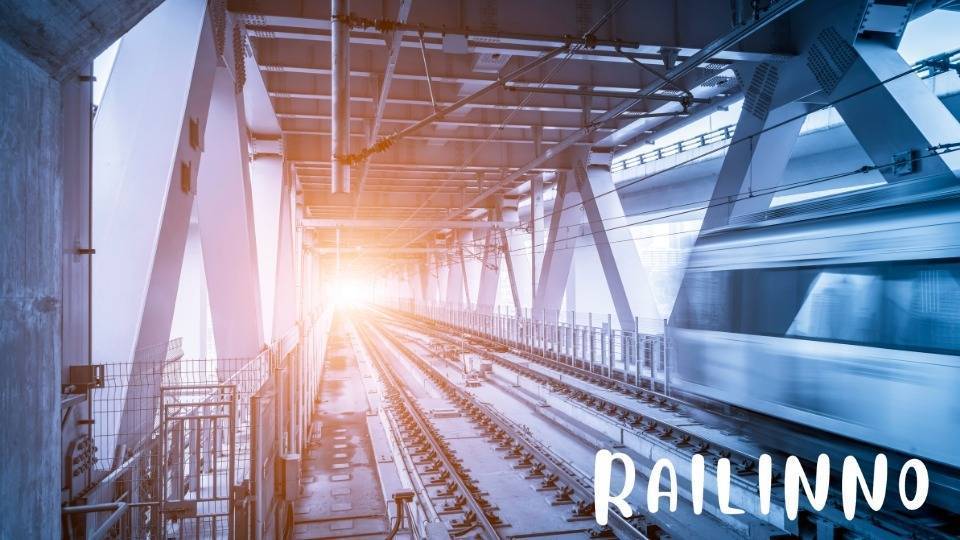
Advantages of Traditional Mock-ups in Light Rail Transit:
- Visualization: Mock-ups provide stakeholders with a tangible representation of the final product, facilitating better visualization and understanding of the project. This aids in improved decision-making processes.
- Design Validation: Physically interacting with mock-ups allows designers and engineers to validate the design, ensuring it meets requirements and functions as intended. Early identification of design flaws reduces the likelihood of costly revisions later on.
- User Feedback: Stakeholders can provide feedback based on their experience with mock-ups, enabling refinement of the design to better meet user needs and preferences. This user-centered approach enhances the final product’s usability and efficiency.
- Verification of Specifications: Mock-ups allow for the verification of specifications, ensuring adherence to requirements and standards regarding dimensions, layout, and component placement.
- Risk Mitigation: Identifying and addressing issues during the mock-up stage helps mitigate risks associated with the project, such as safety concerns, operational challenges, and budget overruns.
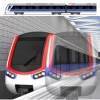
Disadvantages of Traditional Mock-ups in LRT projects:
- Cost and Time: Constructing physical mock-ups can be expensive and time-consuming, impacting project budgets and timelines.
- Limited Accuracy: Physical mock-ups may not perfectly replicate all aspects of the design, leading to discrepancies between the mock-up and the actual product.
- Space Requirements: Setting up mock-ups requires sufficient space, which may be challenging to obtain, particularly in urban environments.
- Maintenance and Storage: Ongoing maintenance and storage costs are associated with physical mock-ups, adding to the project’s overall expenses.
- Environmental Impact: The construction and disposal of physical mock-ups can have environmental implications, including resource consumption and waste generation.
Integrating digital Mock-ups in Light Rail Transit using AI, VR, and AR :
- AI: Artificial Intelligence
- VR: Virtual Reality
- AR: Augmented Reality
Advancements in technology offer opportunities to optimize the mock-up phase in LRT projects:
- Enhanced Visualization: AI, VR, and AR technologies provide immersive and realistic visualization experiences, aiding stakeholders in exploring the project’s design and functionality.
- Interactive Design Reviews: Remote participation in design reviews facilitated by AI, VR, and AR promotes collaboration among stakeholders, leading to more efficient decision-making.
- Cost and Time Savings: Utilizing AI, VR, and AR reduces costs and time associated with constructing physical mock-ups, resulting in significant savings and faster project timelines.
- Customization and Iteration: AI analysis of user interactions within virtual environments enables rapid customization and optimization of designs before final implementation.
- Accessibility: AI, VR, and AR technologies offer accessibility features, ensuring inclusivity for users with disabilities during the mock-up phase.
Challenges with Technology Integration of Mock-ups in Light Rail Transit projects:
- Technical Complexity: Implementing AI, VR, and AR requires specialized expertise and infrastructure, posing challenges for organizations lacking resources and expertise.
- Initial Investment: There is an initial investment required for hardware, software licenses, and development costs associated with AI, VR, and AR technologies.
- Integration Challenges: Integrating these technologies into existing workflows may present compatibility issues and require adjustments to ensure seamless integration.
- User Adoption and Training: Users may require training to effectively navigate and interact with AI, VR, and AR environments, impacting adoption rates.
- Limitations of Virtual Representations: While AI, VR, and AR provide realistic simulations, they may not fully replicate the physical environment or user experience.
In summary, integrating AI, VR, and AR into the mock-up phase of LRT projects offers numerous benefits, including enhanced visualization and cost savings. However, organizations must carefully consider the challenges associated with technology integration to maximize effectiveness and return on investment.
How do AI, VR, and AR technologies enhance the visualization of Mock-ups in Light Rail Transit projects?
What are the key challenges associated with integrating AI, VR, and AR into the mock-up phase of LRT projects?
How can stakeholders effectively leverage AI, VR, and AR to optimize design validation and user feedback in LRT project development?
More Articles
Categories
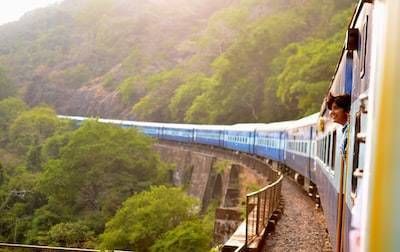

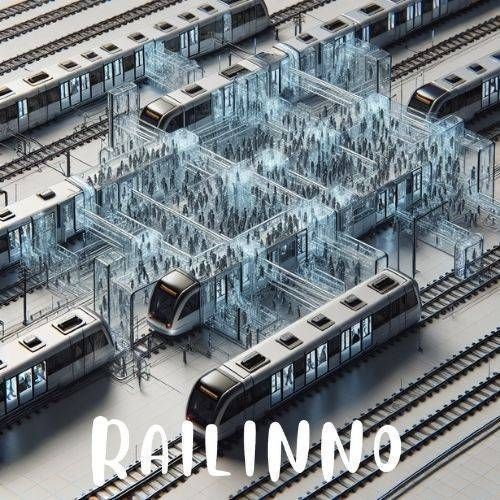

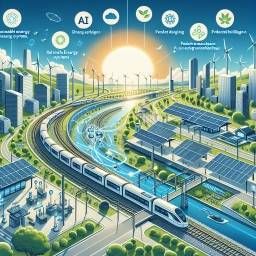
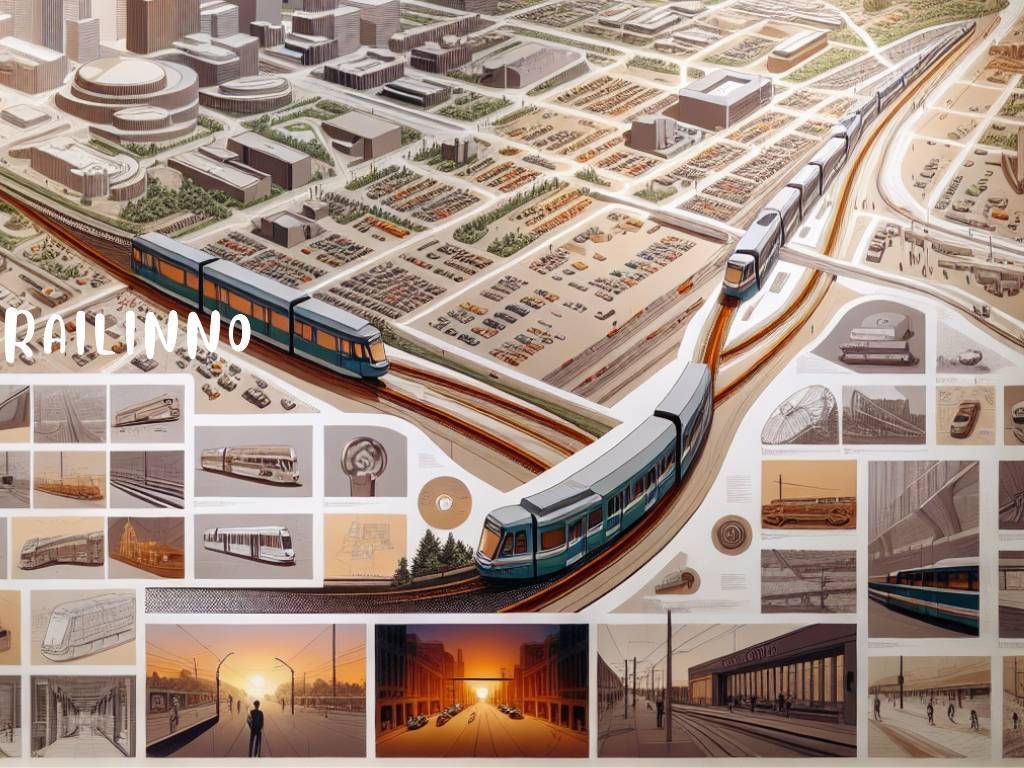
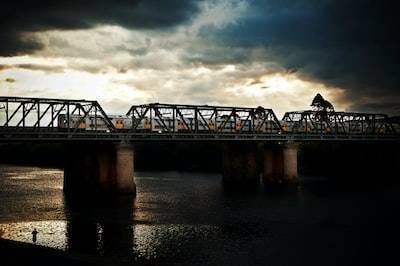
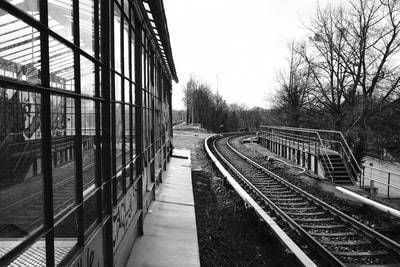
Leave a Reply